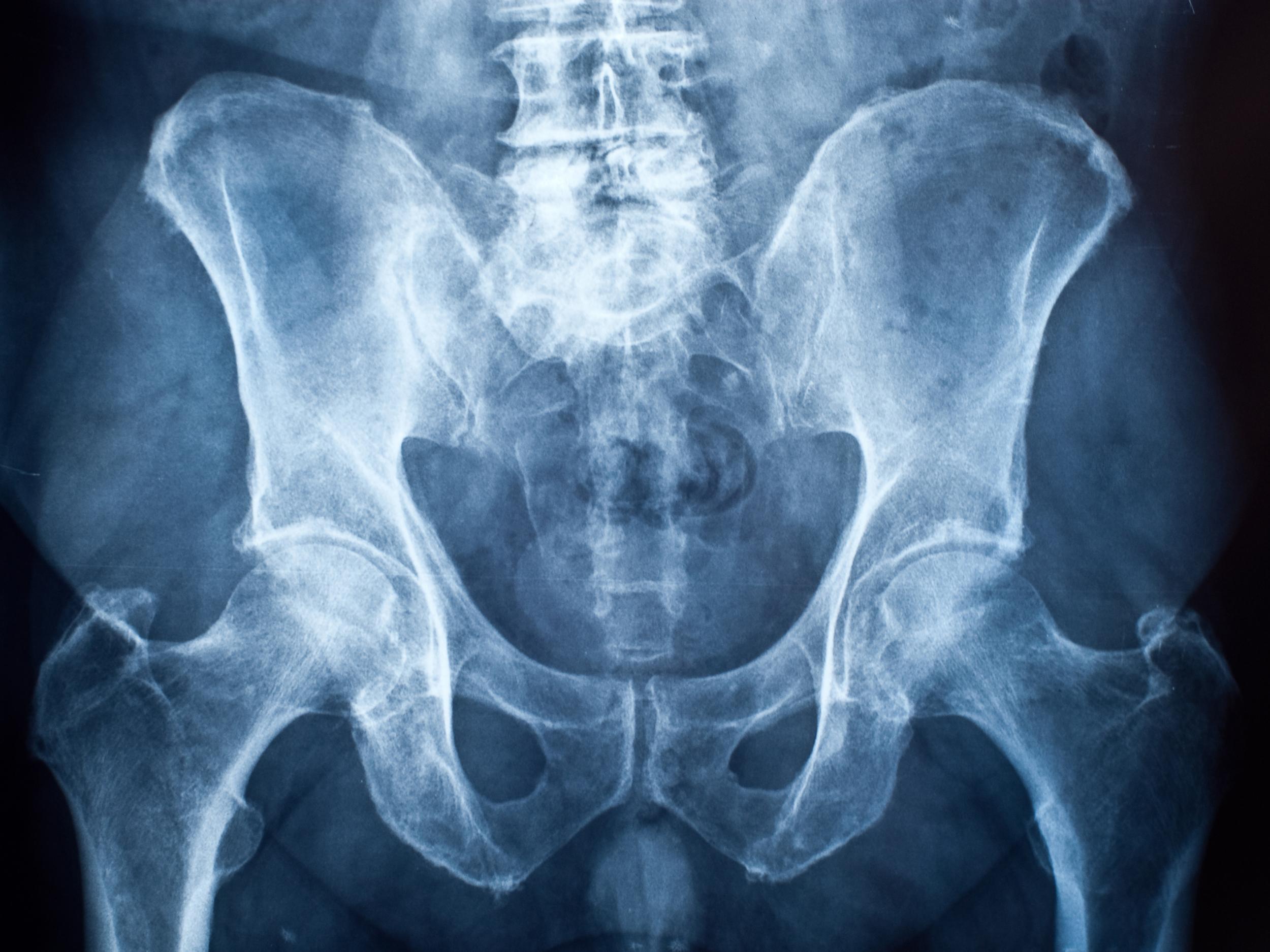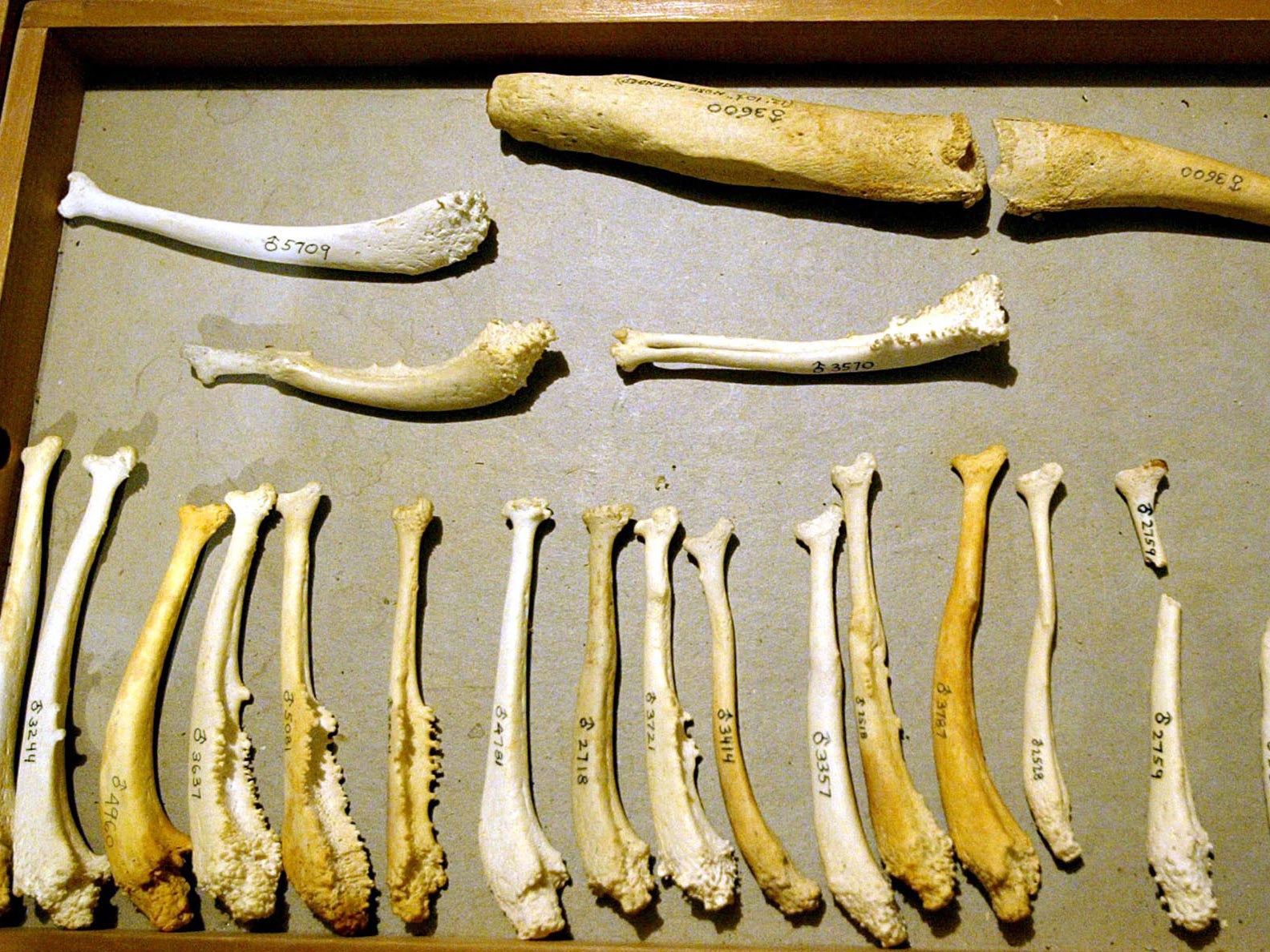Humans have no penis bone because sex doesn't last long enough, scientists discover
Most primates and carnivores have a baculum, but our ancestors lost theirs millions of years ago

Your support helps us to tell the story
From reproductive rights to climate change to Big Tech, The Independent is on the ground when the story is developing. Whether it's investigating the financials of Elon Musk's pro-Trump PAC or producing our latest documentary, 'The A Word', which shines a light on the American women fighting for reproductive rights, we know how important it is to parse out the facts from the messaging.
At such a critical moment in US history, we need reporters on the ground. Your donation allows us to keep sending journalists to speak to both sides of the story.
The Independent is trusted by Americans across the entire political spectrum. And unlike many other quality news outlets, we choose not to lock Americans out of our reporting and analysis with paywalls. We believe quality journalism should be available to everyone, paid for by those who can afford it.
Your support makes all the difference.Scientists have discovered why humans do not have a penis bone, unlike chimpanzees, bears and most other mammals.
The penis bone, or baculum, first evolved in mammals between 145 and 95 million years ago, according to new research from University College London.
The study’s lead author Matilda Brindle told The Independent one of the reasons humans had lost their penis bone was because we do not have sex for long enough to need one.
“The common ancestors of both primates and carnivores had a baculum,” she said. “Humans are quite weird as we’re one of the few primates that doesn’t have one”
Primates who mate for three minutes or more tend to have far longer penis bones than those whose intromission, or vaginal penetration, is below three minutes, she said.
“The human intromission duration tends to be below two minutes, which most people wouldn’t expect.”
In contrast, the aye-aye, a nocturnal lemur, copulates for around an hour at a time and has a very long baculum.
Ms Brindle said longer penis bones were also seen in species with seasonal breeding and polygamous mating systems, which humans generally do not have.

“Polygamous mating systems are where multiple males and multiple females all mate with each other, like in chimpanzees,” she said.
“While polygamous mating does take place among humans, it’s not common enough to necessitate the retention of the penis bone.”
Other reasons for the lack of baculum in humans is that the human mating system takes place throughout the year and is less competitive than that of other animals.
Chimpanzees, who only have sex for around seven seconds at a time, have a very small baculum, suggesting that there might be evolutionary pressure among apes to lose the penis bone.
However, the monkeys have a polygamous mating system in which a female will mate with several males a day when she’s in heat.
Male chimpanzees’ testicles are very large – about the same size as their brain – because they produce a lot of sperm to mate with several females.
“[Human] testicles are slightly smaller, which indicates we don’t have such a strong selection for males mating with multiple females at the same time,” said Ms Brindle.
“That’s probably the thing that finally got rid of our baculum, that we have more monogamous mating systems."
Join our commenting forum
Join thought-provoking conversations, follow other Independent readers and see their replies
Comments